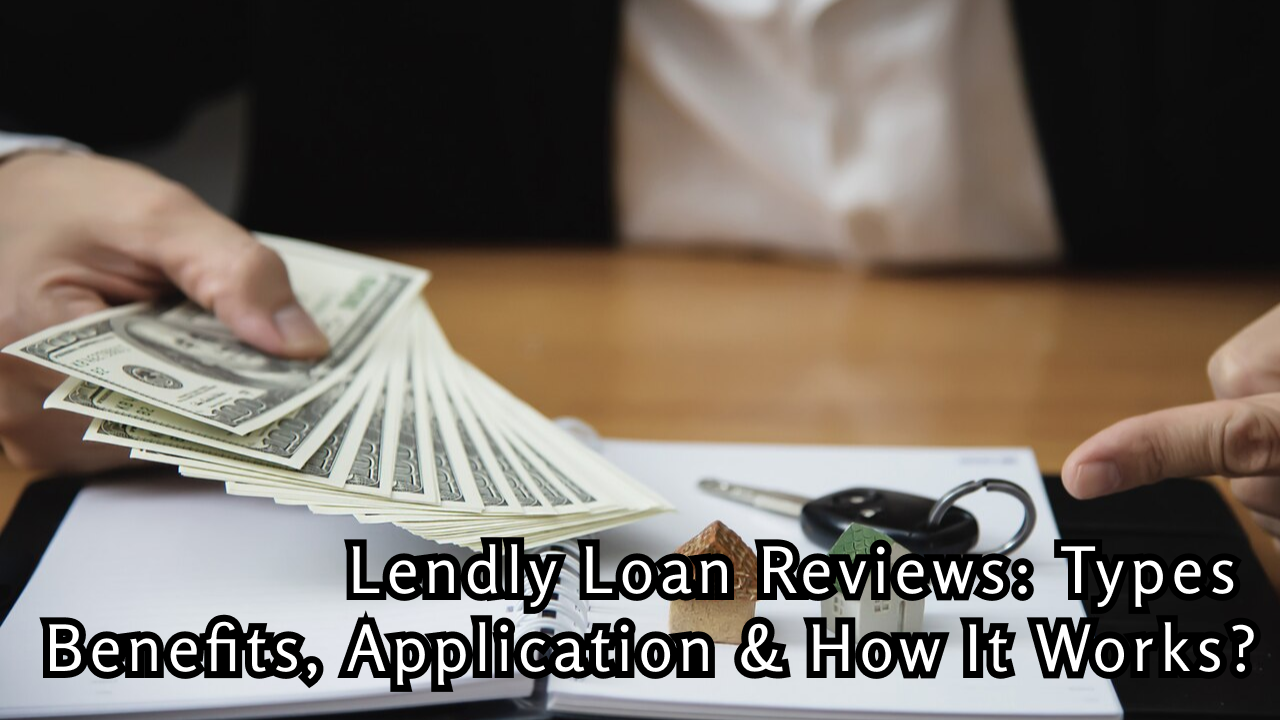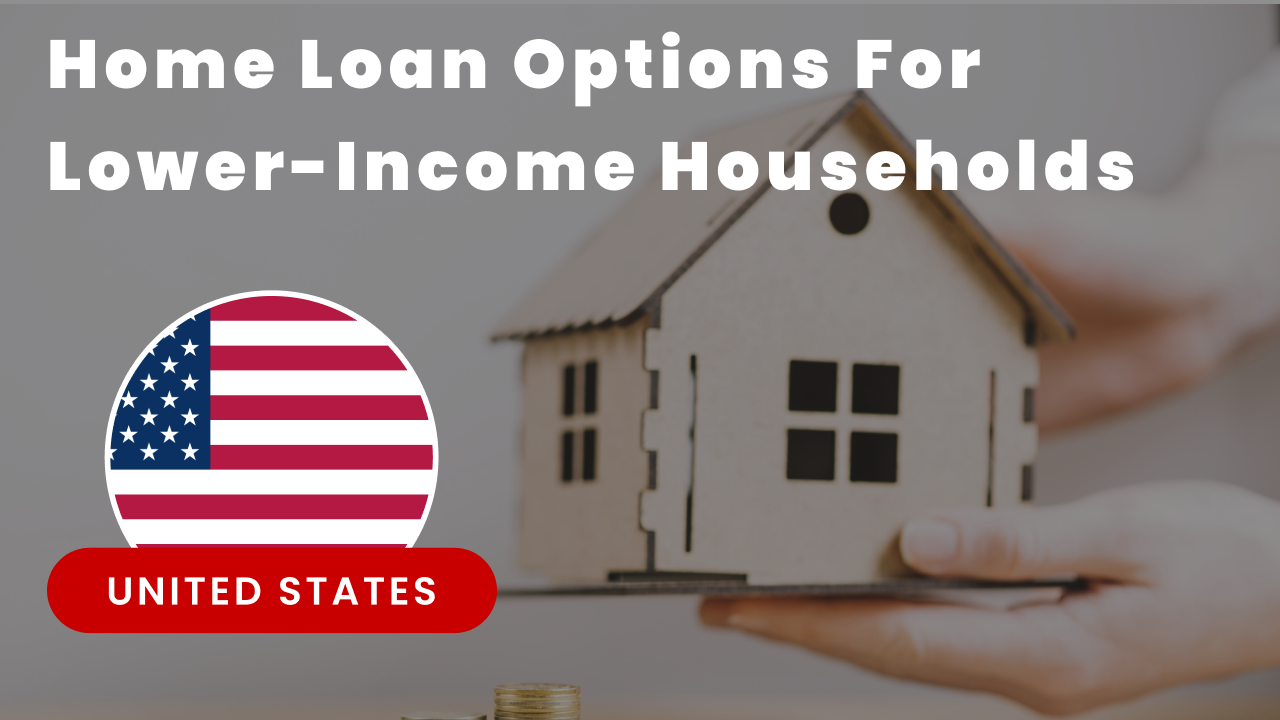Lendly Loan Reviews: Types, Benefits, Application & How It Works?
Lendly Loan is a financial product designed to provide individuals with quick access to funds for various purposes, such as debt consolidation, home improvements, or unexpected expenses. Unlike traditional bank loans, Lendly Loan offers a streamlined application process and flexible repayment options, making it an attractive choice for borrowers in need of immediate cash. Understanding Lendly Loan: How It Works Explaining the Concept of Lendly Loan Lendly Loan operates on the principle of peer-to-peer lending, where individuals or investors provide funds to borrowers through an online platform. This means that borrowers can potentially access funds from multiple sources, increasing their chances of approval even with less-than-perfect credit scores. Eligibility Criteria To qualify for a Lendly Loan, borrowers typically need to meet certain eligibility criteria, including a minimum credit score, proof of income, and a valid bank account. While Lendly Loan may be more accessible than traditional loans, meeting these requirements is essential to secure approval. Application Process The application process for a Lendly Loan is straightforward and can usually be completed online within minutes. Borrowers are required to provide personal information, such as their name, address, and social security number, as well as details about their income and employment status. Benefits of Lendly Loan Flexible Repayment Options One of the key benefits of Lendly Loan is its flexibility in repayment options. Borrowers can choose from various repayment terms, ranging from a few months to several years, depending on their financial situation and preferences. Quick Approval Process Unlike traditional bank loans, which may take weeks to process, Lendly Loan offers quick approval decisions, often within 24 to 48 hours. This rapid turnaround time makes it an ideal solution for individuals in need of immediate funds. Competitive Interest Rates Lendly Loan strives to offer competitive interest rates to its borrowers, making it a cost-effective alternative to high-interest credit cards or payday loans. By securing a lower interest rate, borrowers can save money over the life of the loan. Drawbacks of Lendly Loan High Penalties for Late Payments While Lendly Loan offers flexibility in repayment, borrowers should be aware of the potential consequences of missing payments. Late payments may result in hefty penalties and fees, ultimately increasing the overall cost of the loan. Potential Impact on Credit Score Like any form of borrowing, taking out a Lendly Loan can impact your credit score, particularly if you fail to make timely payments. Borrowers should carefully consider their ability to repay the loan before committing to avoid damaging their creditworthiness. Lendly Loan vs. Traditional Loans Key Differences Lendly Loan differs from traditional bank loans in several ways, including the application process, eligibility criteria, and funding sources. Understanding these differences can help borrowers choose the right financing option for their needs. Pros and Cons Comparison Lendly LoanTraditional Bank LoanStreamlined application processLengthy approval processFlexible repayment optionsFixed repayment termsCompetitive interest ratesHigher interest ratesPotential impact on credit scoreImpact on credit score How to Apply for a Lendly Loan Step-by-Step Guide Required Documentation Tips for Using Lendly Loan Wisely Borrowing Responsibly Only borrow what you need and can afford to repay to avoid falling into debt traps. Budgeting for Repayments Create a budget to ensure you can make timely payments and avoid late fees. Avoiding Unnecessary Debt Use Lendly Loan for essential expenses rather than frivolous purchases to maintain financial stability. Understanding Lendly Loan Terms and Conditions Loan Terms Loan terms may vary depending on the lender, so be sure to read and understand the terms before agreeing to any loan. Interest Rates Interest rates for Lendly Loan may be fixed or variable, so compare rates from different lenders to find the best option. Repayment Schedule Review the repayment schedule to understand when payments are due and how much you’ll owe each month. 2. Can I use a Lendly Loan for any purpose? Yes, Lendly Loan funds can typically be used for various purposes, including debt consolidation, home improvements, or unexpected expenses. 3. How long does it take to receive funds after approval? The time it takes to receive funds after approval can vary depending on the lender and the method of disbursement. In many cases, funds are deposited into the borrower’s bank account within one to three business days. 4. What happens if I miss a payment on my Lendly Loan? Missing a payment on your Lendly Loan can result in late fees and penalties, which can increase the overall cost of the loan. Additionally, repeated missed payments can negatively impact your credit score, making it harder to secure credit in the future. Conclusion: Making Informed Choices with Lendly Loan Lendly Loan presents a versatile financial tool designed to cater to diverse needs, offering quick access to funds for various purposes such as debt consolidation, home improvements, or unexpected expenses. Unlike traditional bank loans, Lendly Loan stands out for its streamlined application process, flexible repayment options, and competitive interest rates.



